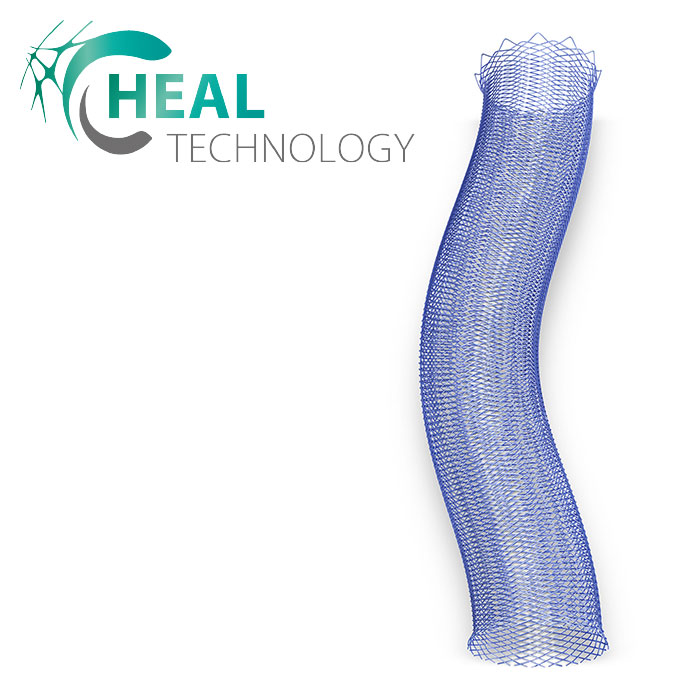
Produkt Portfolio
Präzision auf den Punkt.
Innovativ, miniaturisiert.
Durch die Erschließung neuer Therapiebereiche treibt unser Unternehmen die Medizintechnik voran und schafft innovative Behandlungsmöglichkeiten für die Zukunft.
















